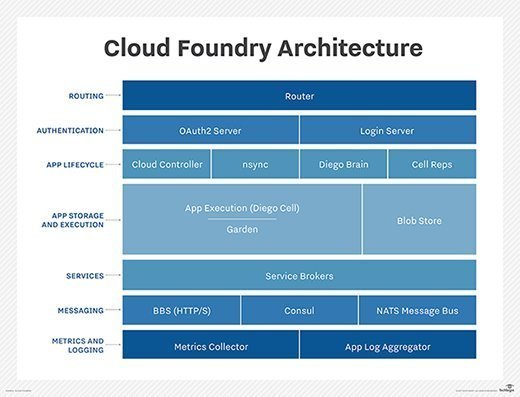


- #CREATE A LOCAL CLOUD FOUNDRY NODEJS FOR FREE#
- #CREATE A LOCAL CLOUD FOUNDRY NODEJS HOW TO#
- #CREATE A LOCAL CLOUD FOUNDRY NODEJS INSTALL#
- #CREATE A LOCAL CLOUD FOUNDRY NODEJS CODE#
- #CREATE A LOCAL CLOUD FOUNDRY NODEJS FREE#
You will also need to install the IBM Cloud CLI to interact with the Container Registry. Create a technical user for SAP Repositories Management 2. Create Node.js app that queries SAP HANA Step 3 Deploy and test in SAP BTP or XS Advanced Step 4 Additional commands Step 5 Connect from the Node.js app running in the cloud to an on-premise database (optional) Step 6 Knowledge check Next Steps Tutorial Authenticate to SAP HANA Cloud using X.509 15 min. In other wourds I would like to setup my private 'cloud' on one server running CF as a microservice-based app container. The instructions for setting up the Transparent Proxy with the Repository-Based Shipment Channel (RBSC) can be found on, but let’s take a closer look at the step-by-step setup process. The first thing we need to do is to generate a mta.yml file, that will contain the module and services definitions for SAP BTP CF. However, I would like to install and run the cloud foundry on my CentOS local server. Let’s do this using the following windows command: mkdir cf-nodejs-demo 2.
#CREATE A LOCAL CLOUD FOUNDRY NODEJS FREE#
If you don’t have an account yet, you can register for a free Lite account - no credit card needed! I know that CF is made for running on multiple cloud services for one unified view of an microservice app. First of all we want to do is create a folder cf-nodejs-demo in any of your location choice on your local machine. Even for a Lite Account but beware of limited storage.
#CREATE A LOCAL CLOUD FOUNDRY NODEJS FOR FREE#
The IBM registry is available for free to experiment within the IBM Cloud. Not only does it protect your images, it also scans the images for security vulnerabilities. This works fine if security is not an issue, but there are some additional advantages of using a private registry, such as the one in IBM Cloud. Once enabled, we will need to create a space to deploy our. Nothing needs to be changed in the pop up that follows. Go inside the newly created sub-account and click on Enable Cloud Foundry.
#CREATE A LOCAL CLOUD FOUNDRY NODEJS HOW TO#
Then I also added package.In my previous blog, I explained how to create a simple NodeJS application, Dockerize it, and deploy it on IBM Cloud using the public DockerHub as a registry. If you need to interact with a Cloud Foundry platform try this online tool and use this example: 'use-strict' const endpoint ' const username 'PWSUSERNAME' const password 'PWSPASSWORD' const CloudController new (require ('cf-nodejs-client')). SAP BTP offers 2 environments to host/manage application viz. Note: If you push multiple apps using a manifest and one fails to deploy, Cloud Foundry does not attempt to push apps specified after the app that failed. Note: This package is not ready for a production App yet. Cloud Foundry pushes the apps in the order specified in the manifest. Add each app and its directory to the file. The application is started and can be seen live using the auto-generated route link. Create a manifest.yml file in the directory that contains the apps. The application is uploaded completely in various steps. The application-specific buildpack will be recognized and loaded based on the buildpack.yml file. To do that, run the following command in the approuter/ directory: sh create-service.sh & cf push. OKĮrror: Command failed: /bin/sh: phantomjs: not foundĪt ChildProcess.exithandler (child_process.js:536:15)Īt (events.js:91:17)Īt (child_process.js:805:11)Īt (events.js:88:17)Īt Socket._stroyed (net.js:358:10)Īt ._tickCallback (node.js:244:9)Ĭhild Process STDERR: /bin/sh: phantomjs: not found The application files are uploaded on cloud foundry. First, we have to deploy the whole architecture once, so that Cloud Foundry generates the environment variables. Ls = childProcess.exec('phantomjs -h', function (error, stdout, stderr) ) īut vmc push on, it gave me error in vmc logs Reading logs/stdout.log. Var childProcess = require('child_process'),
#CREATE A LOCAL CLOUD FOUNDRY NODEJS CODE#
I have below code running fine locally: var port = (_APP_PORT || 3000), Has anyone tried to run child processes on Cloud Foundry's node.js?


 0 kommentar(er)
0 kommentar(er)
